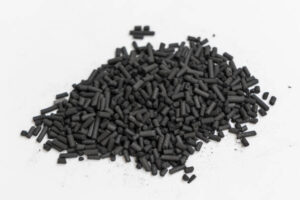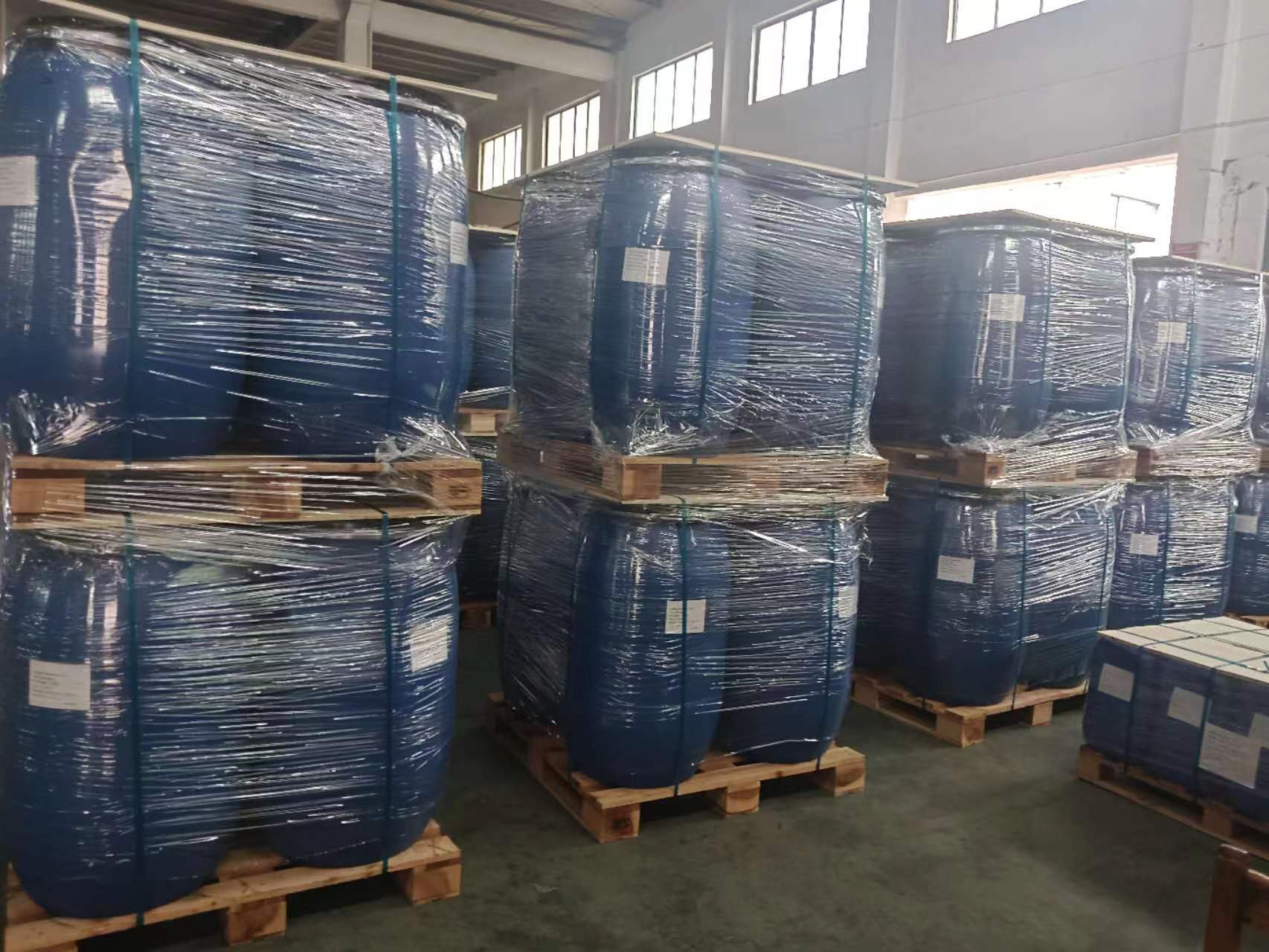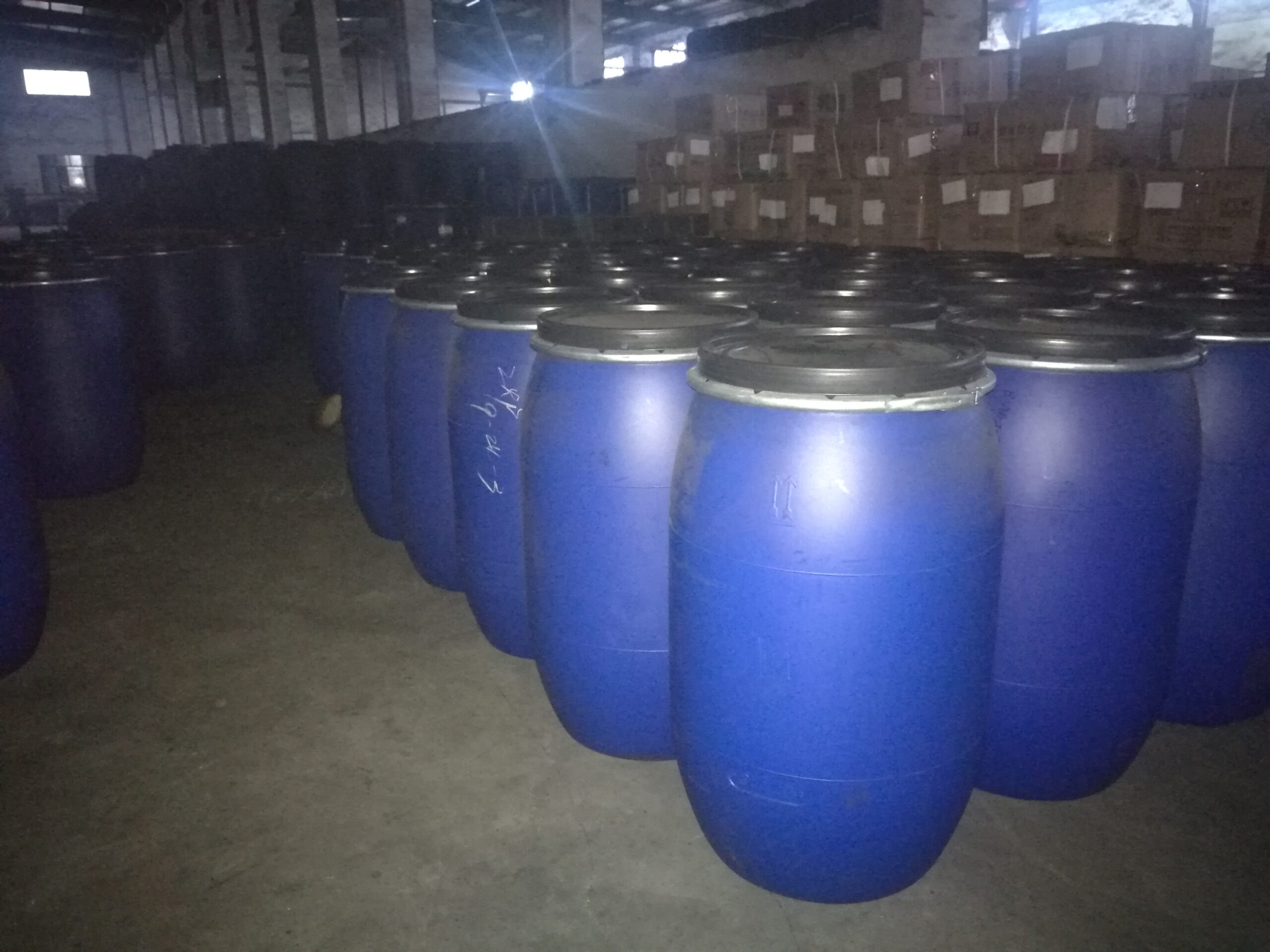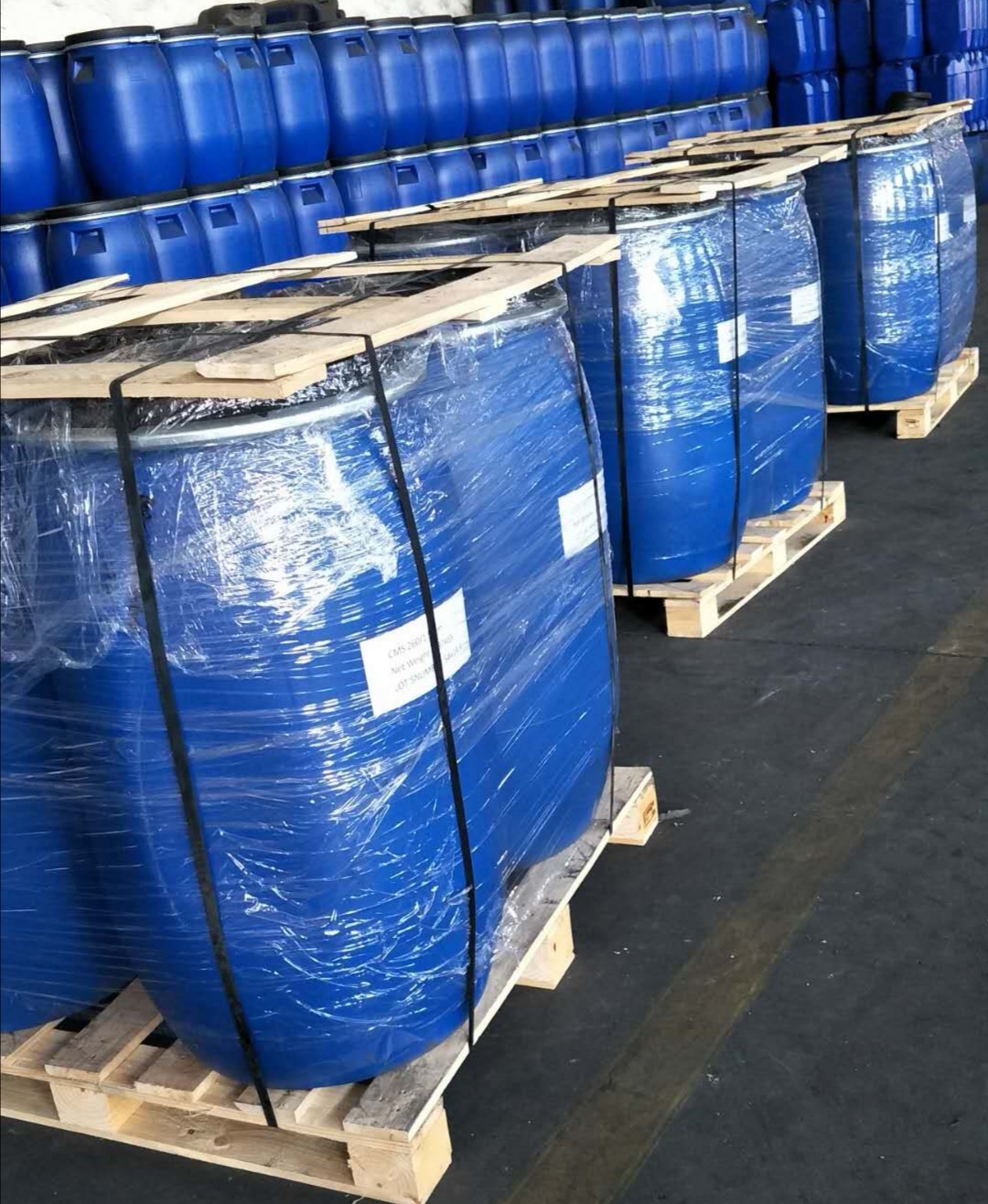What’s carbon molecular sieve’s properties?
Carbon molecular sieves are non-polar carbon materials with a unique micro porous structure. Their main component is carbon, and they appear as black columnar solids. Its most notable feature is that it has a highly developed micro porous structure with a uniform pore size distribution, usually within the range of 0.28-0.38nm. This special pore structure endows it with an extremely high specific surface area, generally reaching 300-1000m²/g, providing a large number of active sites for gas adsorption and separation. Carbon molecular sieves also exhibit excellent chemical and thermal stability, maintaining stable performance at higher temperatures and in various chemical environments.
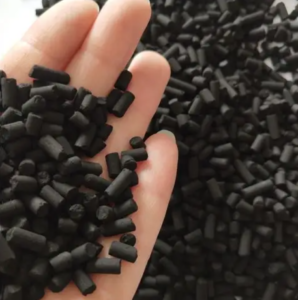
一、Adsorption and separation performance
The core performance of carbon molecular sieves lies in their selective adsorption capacity for different gas molecules. Because its micro pore size is similar to the diameter of gas molecular dynamics, it can achieve efficient separation based on the size and shape of molecules. For instance, in air separation, oxygen molecules (with a diameter of 0.346nm) are more easily adsorbed than nitrogen molecules (with a diameter of 0.364nm), thereby achieving nitrogen enrichment. Carbon molecular sieves have a large adsorption capacity, with a single-stage adsorption efficiency of 90-98%. Even at relatively high temperatures, they can still maintain strong adsorption capacity. This characteristic makes it an ideal adsorbent for pressure swing adsorption (PSA) technology.
二、Dynamics and Selectivity
The performance advantages of carbon molecular sieves are mainly reflected in their kinetic separation effects. There are significant differences in the diffusion rates of different gas molecules in the micro pores of carbon molecular sieves. The diffusion rate of oxygen molecules is hundreds of times faster than that of nitrogen molecules. During the pressure swing adsorption process, oxygen molecules are rapidly adsorbed under pressure, while nitrogen molecules are enriched in the gas phase. When the pressure drops, oxygen molecules are desorbed to achieve the regeneration of carbon molecular sieves. This separation mechanism based on kinetic differences makes carbon molecular sieves particularly suitable for nitrogen production applications, with nitrogen purity reaching over 99.5%.
三、Mechanical and physical properties
High-quality carbon molecular sieves should have high compressive strength, typically ≥45N per particle. They should not powderize or crack under long-term pressure impact. The particles should be intact without breakage and free of dust on the surface to ensure the stability of the equipment operation. High-strength carbon molecular sieves are suitable for a wider range of adsorption environments and have a longer service life. These characteristics make it one of the preferred adsorption materials in the industrial sector. The bulk density of carbon molecular sieves is generally between 630 and 700g/L, and the moisture content is ≤1%. These physical performance indicators directly affect its performance in practical applications, such as nitrogen production, nitrogen recovery rate and service life, etc.

四、Environmental adaptability
Carbon molecular sieves have excellent heat resistance and chemical resistance, and can work stably in high-temperature, high-pressure and harmful gas environments. Its operating temperature range is wide, with a desorption temperature up to 180-220℃ and a heat resistance temperature up to 350℃. In addition, carbon molecular sieves also demonstrate excellent anti-pollution performance, capable of resisting the influence of impurities and pollutants in gases, and stand out in environmental protection fields such as air purification and water treatment. These performance characteristics make it an ideal alternative to traditional separation technologies.
五、The wide range of application fields
Carbon molecular sieves are widely used in multiple fields such as the chemical industry, the petroleum and natural gas industry, the electronics industry, the food industry, the pharmaceutical industry, and metal heat treatment. Especially in pressure swing adsorption nitrogen generation equipment, carbon molecular sieves, as the core adsorbent, can efficiently produce high-purity nitrogen. In addition, it can also be used in scenarios such as gas purification, water treatment, and catalytic reactions, demonstrating diverse application potential.
